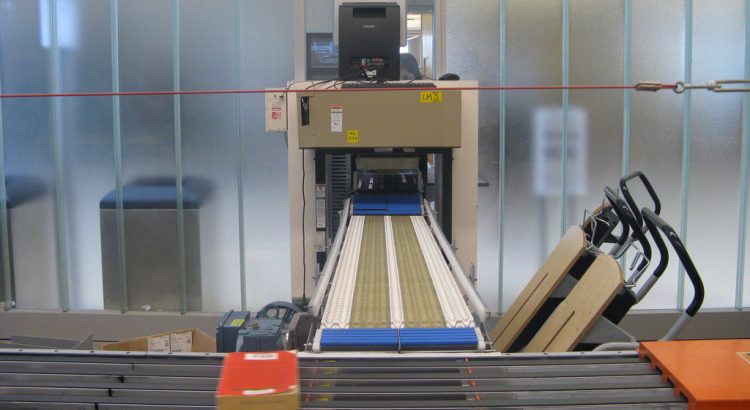Pneumatic conveying uses air compression to move materials in bulk. The term is applied to conveyors moving particulates through closed ducts, although compressed air can also move items along open flat decking (like an air-hockey table).
First developed in the 1950s, pneumatic conveyors now range in size from wide bore pipes transporting materials hundreds of yards down to set-ups small enough to sit on a laboratory desktop. Pneumatic conveying is therefore a viable solution for businesses both large and small. Pressure can be used either to blow material through or to suck – when it’s called vacuum conveying.
The method is used ever more widely: the global market will reach $30billion by 2022. Materials transported pneumatically range from heavy aggregates through hot pellets and caustic reagents and down to breakfast cereals and delicate end products.
The Advantages
Enclosure protects the material from contamination and weather conditions and can also protect the environment from spillages.
Routing is flexible, easily passing around obstacles, and is relatively easy to alter in the future. Long continuous runs are possible.
Unlike mechanical conveyors, there are few components, so it is cheaper and lower-maintenance. Automation is straightforward to implement and means an entire system can be managed from a single control panel.
Common Disadvantages
Calculating the precise pressures and conditions required by your material, and maintaining them for the length of the conveyor, is complicated, so you need to call in professionals to design and install them.
Poorly designed systems can use treble the electricity of well-designed ones, and noise sometimes needs to be suppressed.
Vacuum Conveying Versus Positive Pressure
A vacuum in the pipeline prevents material leaking and is less prone to clumping. Your compressor is situated near the receiver, and the tubing runs may be shorter. In systems that blow, the compressor is near the loader, and it is easier to deliver to multiple locations.
Lean Versus Dense Phase
Fragile materials need moving more gently than heavy aggregates and, surprisingly, many permeable materials are moved more effectively at lower air speeds. With fast-moving air most materials become airborne and there is a “lean” ratio of material to air. A dense phase system uses less air to move a given bulk. “Dune flow” and “plug flow” are further variations of dense flows.
Each method may require different types of valves, feeders and compressors.




